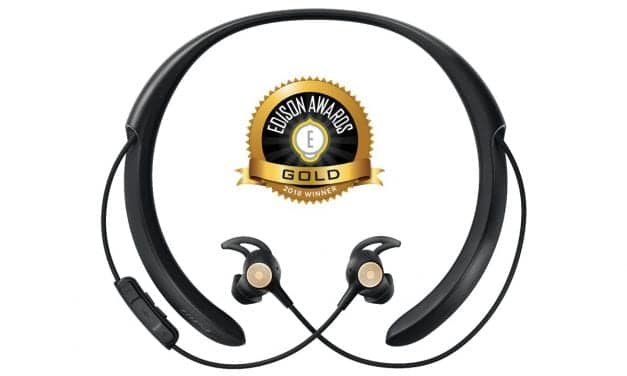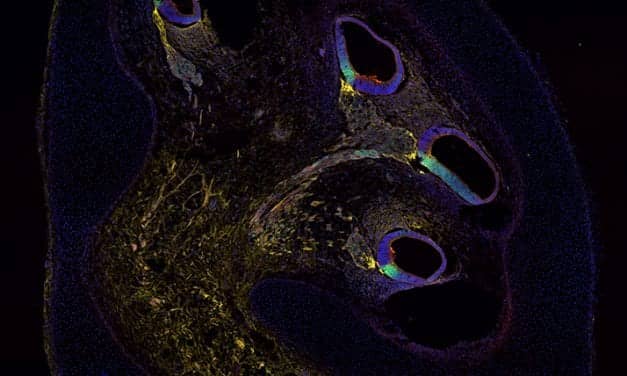Cochlear Limited Announces Next Phase in Development of Totally Implantable Cochlear Implant
For this next phase of research and development, a further clinical feasibility study has been initiated to evaluate the totally implantable cochlear implant technology.
Read More














